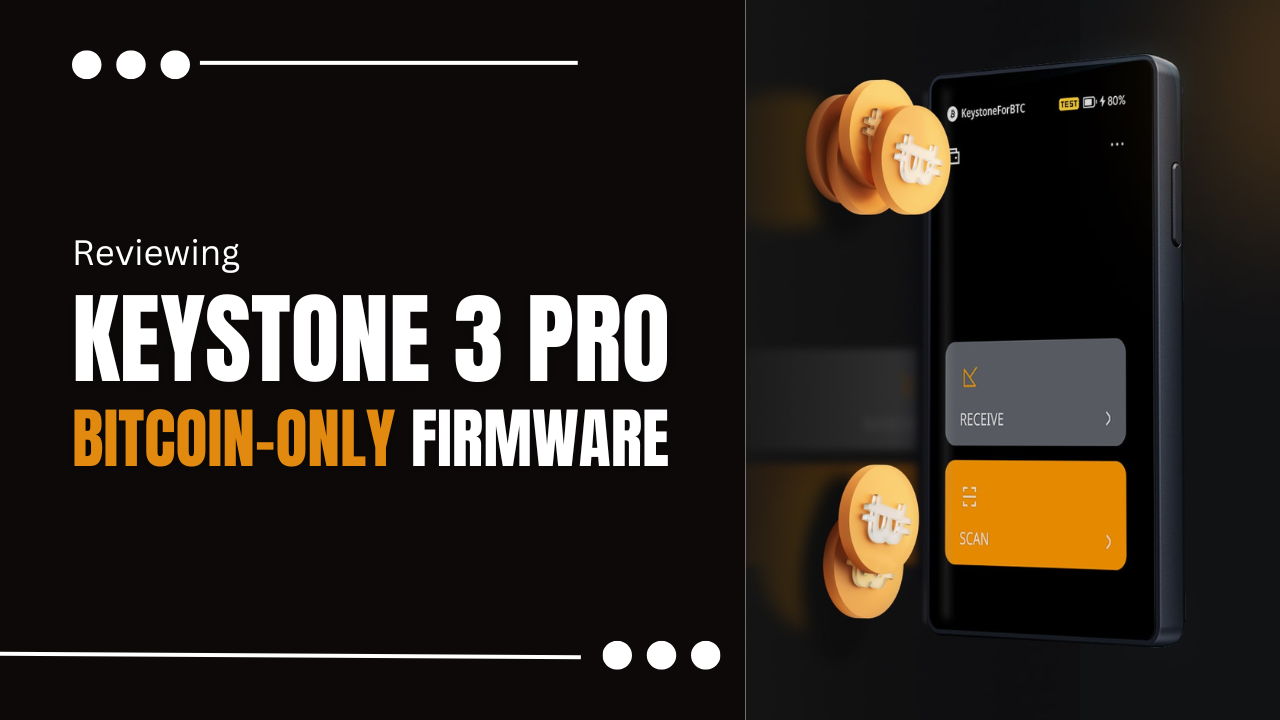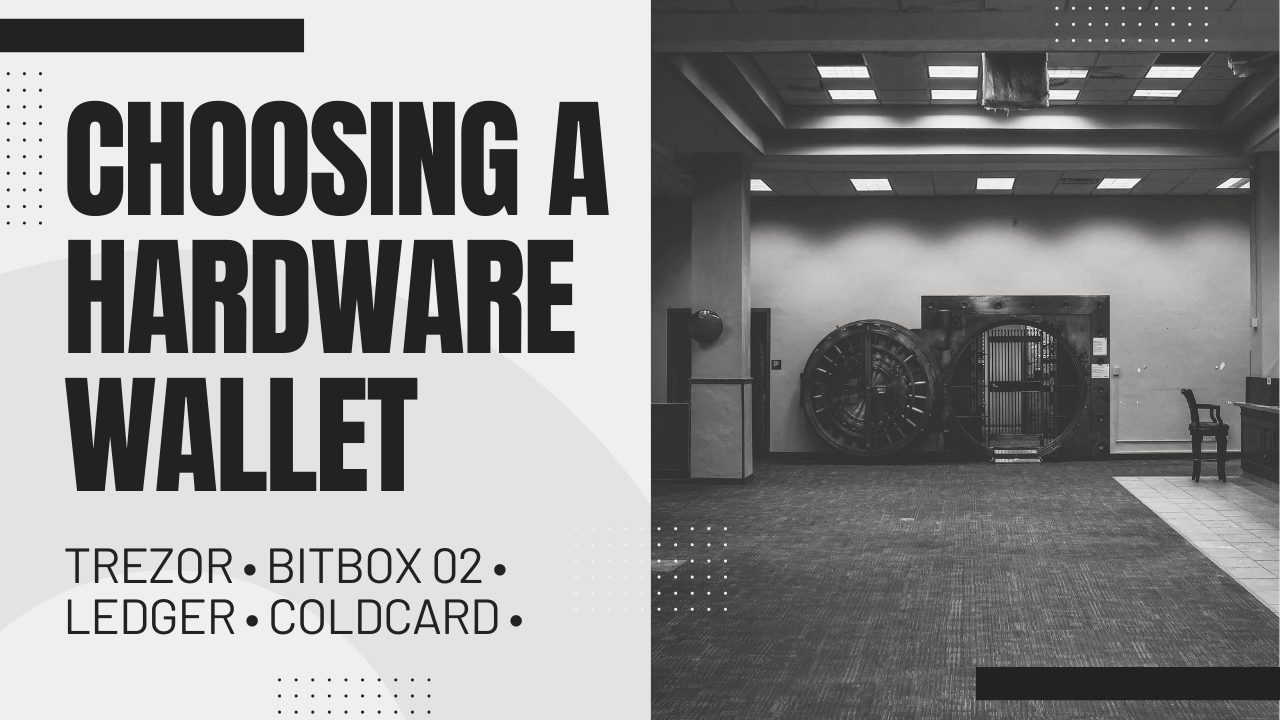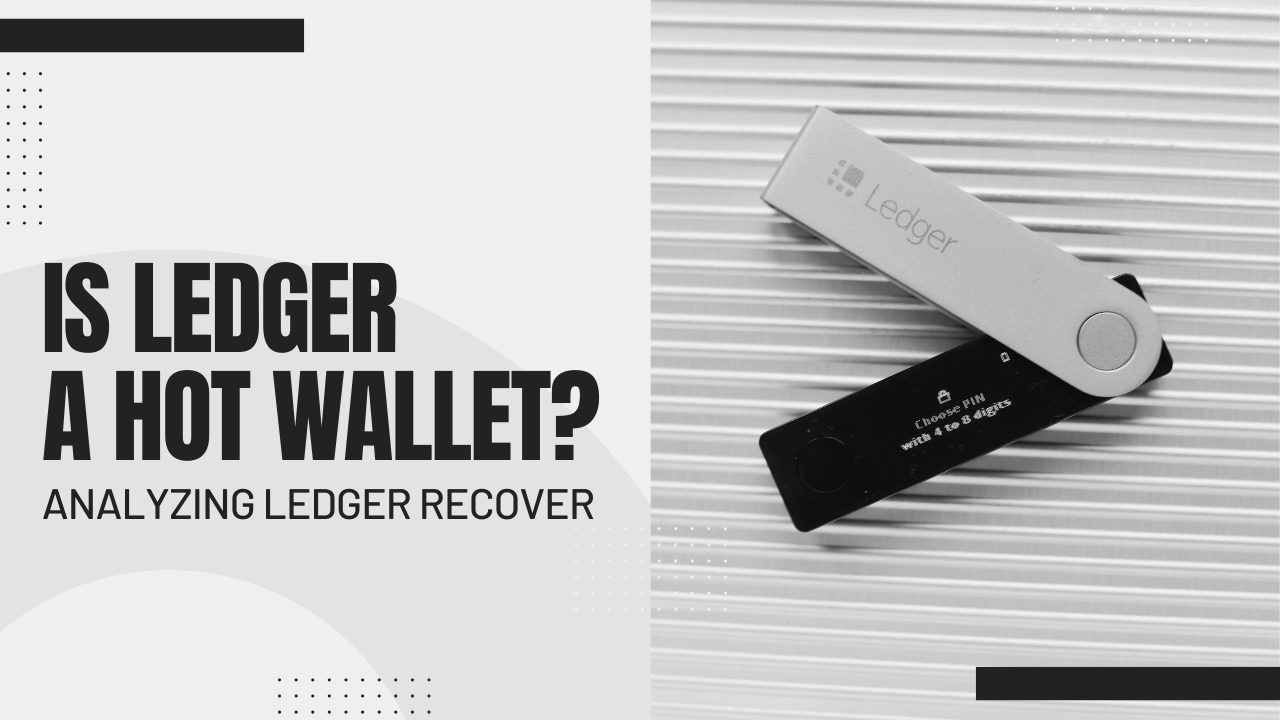
As most of you know, hardware wallets are devices that give users total control over their digital assets.
I cover this in detail in my security posts and in the self custody manual for beginners.
So let’s start with a quick recap:
What is a Hardware Wallet?
In an oversimplified summary, a hardware wallet is a term used to describe a physical device used for storing private keys in a secure manner – never exposing them to a machine connected to the internet.
Why “Hardware Wallet” is Misleading?
As you probably understood, the hardware wallet doesn’t hold any assets.
There’s no crypto “on” your device.
It simply holds private keys/seed phrase that control some address.
As such, I think the word “wallet” is misleading – it implies that the device is what contains your money, as in the real world.
In reality, all balances are on a decentralized ledger, and your device is merely a way to access a specific account.
So what we commonly refer to as a “hardware wallet” is actually a secure safe for private keys. We use it to access a certain balance on the blockchain and we can sign transactions to move amounts as we please.
So a more technically correct term would be a signing device.
It’s basically a private key holder, so if we’re being creative, we could name it hardware / secure / offline keychain. Or just digital key – which is also somewhat misleading because the device itself is physical.
Why “Software Wallet” is Misleading?
Okay, another term I don’t really like is “software wallet”. 🙂
The reason is similar – its implication that some application is the wallet where your money is stored.
But we all know that you can safely delete any app and recover your accounts anytime by using your seed phrase.
So similar to a hardware wallet, a “software wallet” doesn’t hold any crypto “on” it.
It’s basically an application that is initialized with a key to track balances on specific accounts. Also, it has a functionality to interact with the blockchain (i.e. confirm transactions, generate receiving addresses, etc.).
So the technically correct term would be account manager… Or something less boring.
Or just use the app’s name. You don’t say “I’ll create an account on the social media app called Facebook”. You say “I’ll open a Facebook account”.
So, What is a Wallet?
Apparently, a wallet is anything that identifies itself as a wallet.
But where are the assets actually stored?
Nowhere physical, nor on any single app or device.
Basically, the balances that we see on all addresses are a result of all confirmed transactions on the decentralized ledger.
So the closest place deserving of being called a wallet is the blockchain itself.
Just, unlike what we’re used to describe with the term in the real world (something private and personal), the blockchain is a wallet of all accounts and balances that exist. Even those from the 2^160 possible Bitcoin addresses that will never be used.
And this misalignment is by design.
This is how decentralized blockchains work – anyone has access to any account and its balances. It’s a matter of having the private keys that allow you to interact with it.
And with all that being said, although somewhat incorrect, I still like using the terms software wallet and hardware wallet. At least they give us an easy way to distinguish between the two using commonly adopted terminology. I’d never confuse a n00b nor a veteran by saying “signing device” or anything pretentious like that, although it’d be more technically correct.
 Husband & Father
Husband & Father  Software Engineer
Software Engineer 















